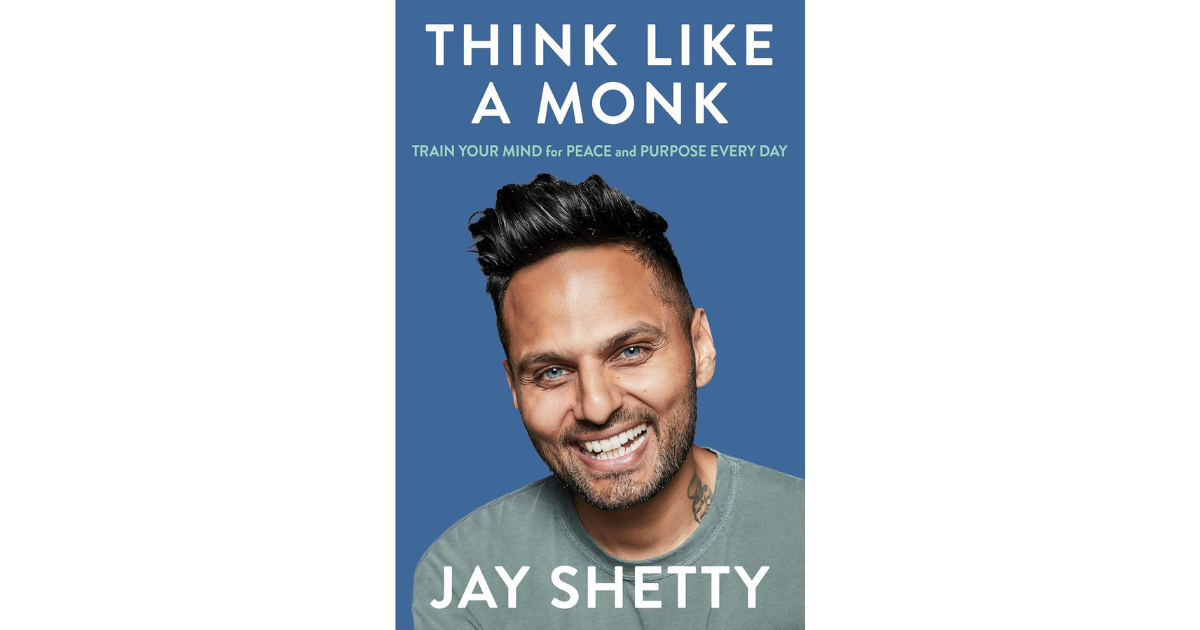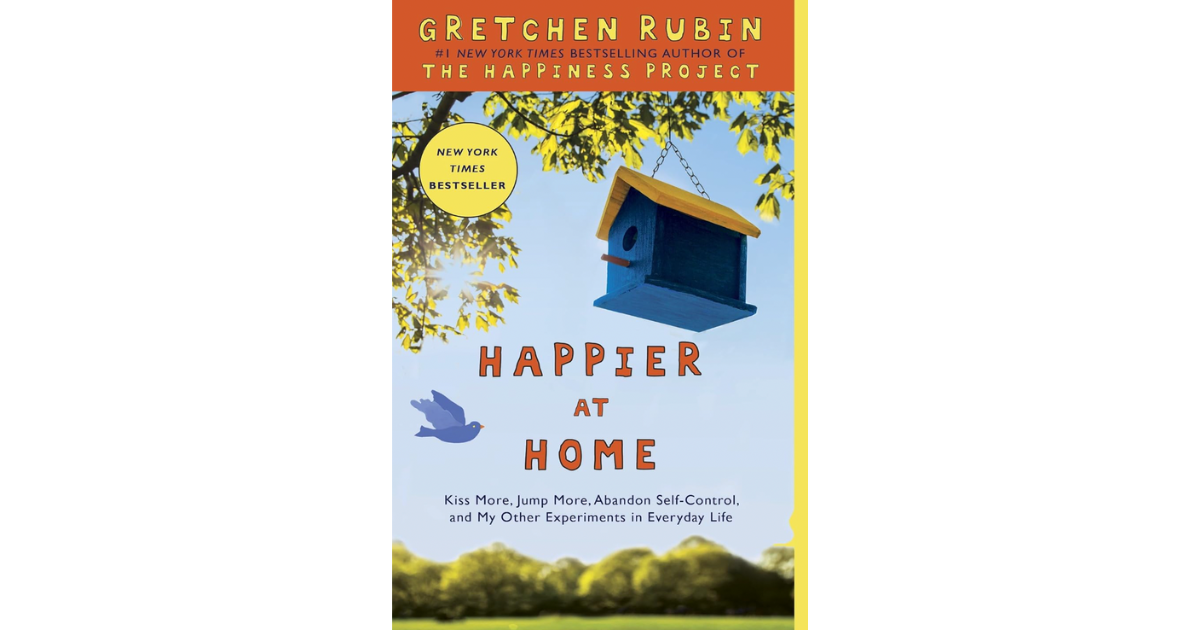Business Book Review: The Bezos Blueprint by Carmine Gallo
The Bezos Blueprint is a masterclass in leadership communication. An overlooked and under-appreciated driver of the Amazon success story.
My Rating: ★★★★★
Length: 272 pages
Publisher: St. Martin's Press
Released: 2022
Key Takeaways for Personal Branding
I’ll admit I was half expecting a generic book on a famous name and story. What I got was one of the best books on communication I’ve read. Whether you’re enamoured by the Bezos story or not (I’ll admit I respectfully fall into the latter), Carmine Gallo’s The Bezos Blueprint focuses on the overlooked and under-appreciated aspect of the Amazon success story - communication.
Gallo’s research includes thoroughly studying the 48,062 words of Bezos’ 24 shareholder letters written from 1997-2020.
There are several key takeaways. But, to highlight just a few:
Future proof your career with communication skills
The book cites a McKinsey survey of 18,000 people in 15 countries. It explores the skills required to future-proof your career. It is said it be one of the most comprehensive studies to take into account a post-COVID world, AI, automation and digital technologies.
Most of the top skills fell under the communication umbrella. Including storytelling, public speaking, synthesising and clarifying messages, translating information for different audiences and contexts, crafting an inspiring vision, developing relationships and inspiring trust. McKinsey calls these ‘foundational skills’.
It’s always Day 1
Gallo highlights Jeff Bezos’ saying:
“It’s always Day 1.”
The tech tycoon first referred to ‘Day 1’ in his first shareholder letter in 1997. The phrase appeared repeatedly in annual letters for decades. In 2016, Bezos began closing every letter with “It’s still Day 1.” Updating the phrase to “it remains Day 1” from 2016-2020. Bezos even named the Seattle building where he worked “Day 1 North”.
The metaphor (a literary device Bezos mastered) spread beyond Amazon. It is now a management philosophy taught in Business School. A ‘Day 1 company’ is not a physical thing, it’s a mindset.
Avoiding death by PowerPoint, by killing it first
In 2004, Bezos made a decision that stunned his leadership team. He banned the PowerPoint. From then on, executive leaders would have to pitch ideas using memos and narratives. Bezos understood the power of an ancient communication device - the written word.
Bezos was inspired by a pioneer in data visualisation, Edward Tufte’s essay on The Cognitive Style of PowerPoint.
According to Tufte:
“PowerPoint allows speakers to pretend that they are giving a real talk, and the audiences to pretend that they are listening.”
Tufte’s criticisms include that PowerPoint reduces the verbal discussion of sentences and paragraphs down to fragmented words and bullet points. It ignores assumptions. He proposes that in the wrong hands, bullet points can kill.
The ill-fated Columbia space shuttle, whose disintegration killed all seven astronauts on board highlights how.
When a piece of foam broke off from the shuttle two weeks earlier, NASA officials prompted an investigation by Boeing Engineers. They produced a 28-page PowerPoint slide. It contained up to six levels of bullet points. Small fragmented sentences helped the points fit the slides. And obscured the real meaning.
Following the tragedy, the Columbia Accident Investigation Board reached the following conclusion:
“The endemic use of PowerPoint illustrated the problematic methods of technical communication…as information gets passed up an organisation hierarchy, key explanations and supporting information are filtered out.”
Tufte instead advises to use handouts showing words, numbers, data, graphics and images together.
Bezos explains that his rule of no more than a 4-page memo was harder to write than a 20-page PowerPoint. PowerPoint can gloss over ideas. The nature of narrative structure forces a better understanding of related concepts.
Writing for eight-graders
Readability scores were first developed in the 1940’s by Dr. Rudolf Flesch. He isolated elements that make text easy or hard to read. This was based on average sentence length, words and other variables. The higher the score out of 100, the easier it is to read. In the 1970’s, J. Peter Kincaid who worked with Flesch evolved this work. He converted the scores into an easier metric to interpret - grade levels.
If you’re writing for a Board, what ‘readability’ grade level should you strive for? An eighth grade. Content written for eighth graders can be understood by 80 percent of Americans. Amazon employees are instructed to write for eighth graders or lower.
Favourite Quotes
The road to the top is paved with the fewest words.
Short, catchy phrases are to leadership what song hooks are to music. A hook is a powerful songwriting tool that makes a song unforgettable.
The passive voice also sows distrust. Leaders often hide behind passive sentences to avoid taking responsibility.
Assertive writers and speakers pay attention to words that are easy to remove….Are you extremely shocked or just shocked?
Microsoft CEO Satya Nadella says you’ll meet two types of people in the business world: know-it-alls and learn-it-alls. The know-it-alls don’t last very long in the digital economy, where the pace of change is unlike anything we’ve seen in human history. In this environment, the learn-it-alls are the ones who shine.
Those men and women who had mastered the art of storytelling were widely admired among the tribespeople and often seen as the group’s leaders. Storytellers used this skill to earn trust, influence behavior, encourage cooperation, and build a strong culture based on shared values.
Since humans are natural explorers who love to learn new things, we’re attracted to readers because they act as culture keepers; they inform, illuminate, and inspire.
While the citations of Bezos are compelling, the book is also founded on research and renowned communication strategies. The book is also bolstered by several other leadership examples, including Steve Jobs and Warren Buffet to make for more dynamic reading.
The book quotes that a Silicon Valley legend suggested that Bezos' communication be studied in Business School. I’d add Gallo’s The Bezos Blueprint, for its foundational communication principles, should be mandatory reading in Business Schools and among leaders.
The Bezos Blueprint by Carmine Gallo: Available on Amazon.




